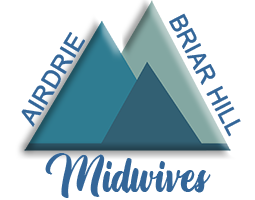Vitamin K is a fat-soluble vitamin that is found in foods we eat and absorbed in the intestines using normal gut flora. Vitamin K is also an important substance that helps with blood clotting. Infants are believed to have low levels of vitamin K due to poor transfer of vitamin K across the placenta, low levels of vitamin K in breastmilk and poor absorption in their gut due to immature gut flora.
Low levels of Vitamin K in the newborn may lead to Vitamin K Deficiency Bleeding (VKDB) in the first 24 hours after birth (early) or between 2 and 6 weeks after birth (late). Risk of bleeding increases with preterm (before 37 weeks) babies and babies born with bruising. The Standard of Care across Canada is to administer Vitamin K to the baby within 1-2 hours after they are born to reduce the risk of VKDB.
Please see the resources below for more information about options for vitamin K. VItamin K for your baby will be discussed at your 36 week visit. Oral vitamin K is prescribed through York Downs Pharmacy in Toronto. It can take 2 weeks for delivery.

